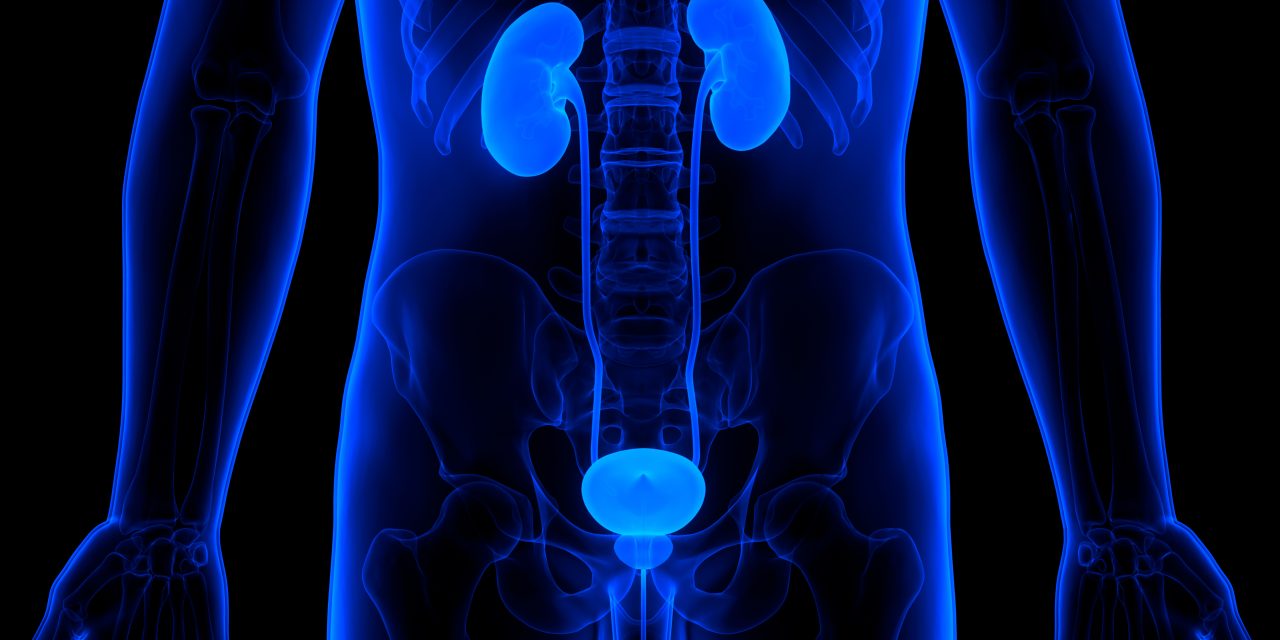The aim of this study is To decide the ideal guidewire for bypassing an affected ureteral stone. Three diverse benchtop models of changing impaction (300, 362, and 444 mm Hg pressure) were utilized to look at the capacity of 13 distinctive guidewires to sidestep an affected ureteral stone. In the first and second models, we recorded the most extreme power needed to sidestep the stone. In the principal model (300 mm Hg) 10 new wires for every one of the 13 sorts were progressed past a ureteral stone utilizing an arrangement 5 advanced power measure. In the subsequent model (362 mm Hg), the main 5 performing guidewires were correspondingly tried. In the third model (444 mm Hg), 5 going to urologists and 5 urology occupants analyzed the 13 guidewires and appraised the wire execution utilizing a Likert scale. Factual examination was performed with investigation of difference and the chi-square test. In the primary model, there was a critical contrast between wires (p < 0.001) with the most minimal mean power to sidestep a stone found in the Glidewire. Of the five wires tried in the subsequent model, the Glidewire and UltraTrack both required less power than the other three wires (p = 0.018). In the third model, just two wires (Roadrunner and Glidewire) circumvent the affected stone in 100% of preliminaries.
Reference link- https://www.liebertpub.com/doi/10.1089/end.2020.0058


